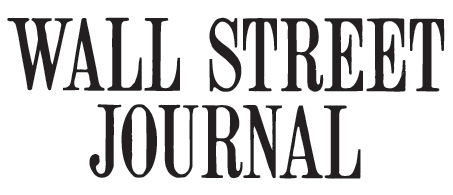 |
| Download PDF |
Now that list prices have grown so detached from what shoppers actually pay, some retailers are experimenting with new ways of determining what their goods should cost.
One method involves asking customers what they would be willing to pay for items before they are priced. It's a departure from the standard method of taking the cost of an item and adding in a desired profit margin to arrive at the retail price.
It turns out customers are sometimes willing to pay a higher price than retailers would have otherwise charged.
Specialty retailer Vera Bradley Inc.VRA -0.62% sent computer-generated images of products not yet in stores to customers and asked them what they would pay for the items. In one case, customers were willing to pay a dollar more for a stuffed bunny toy than the retailer had anticipated, which boosted revenue by around 7%, according to a presentation Stephanie Scheele, Vera Bradley's senior director of intelligence, gave at a conference earlier this year.
"We find that 11% of the time products are priced too low," said Greg Petro, the founder of First Insight, a Sewickley, Pa., firm that helps retailers set prices and which is working with Vera Bradley.
Getting the initial price of an item right is among the most important tasks for any consumer-product company. More than two-thirds of new products fail in their first year, in part because they are mispriced, said Hans-Willi Schroiff, a visiting professor at Dartmouth University's Tuck School of Business.
For fashion retailers, the process can be particularly daunting. "What is the intrinsic value of a skirt?" said Z. John Zhang, a marketing professor at the University of Pennsylvania's Wharton School. "It's very difficult for anyone to determine."
Retailers try to "frame" a product by giving it a high initial price. Pricing an item too low at the start can signal that it isn't worth much, Mr. Zhang said. But the practice has led to a cycle of discounting that has frustrated retailers and confused consumers.
"We need to become more sophisticated in the way we price goods," said Matthew Rubel, a First Insight director and the former chief executive of Payless ShoeSource, the discount shoe chain that is now part of Payless Holdings. "Discounting has hit a point of diminishing returns."
Mr. Rubel said that some chains offer so many deals that "there is not an incremental part of the day left to promote." Stores don't have to cut out deals, but the deals should be more targeted, he said.
First Insight compiles consumer feedback and creates a value score for each item a company sells. Those with a higher score could ostensibly command a higher price and go on sale less frequently.
"That doesn't mean you won't hold a big sale on Thursday," Mr. Rubel said, "but you may not need to mark everything down by 40%."
David's Bridal, the nation's largest bridal retailer, is starting to revamp its pricing based on information gleaned from First Insight. "The cost-plus-margin way of pricing doesn't take into account the utility of an item to a consumer," said Jeff Warzel, David's Bridal's senior vice president of supply chain. "If you know one item is a rock star, you'll buy more of it and probably discount it less."













